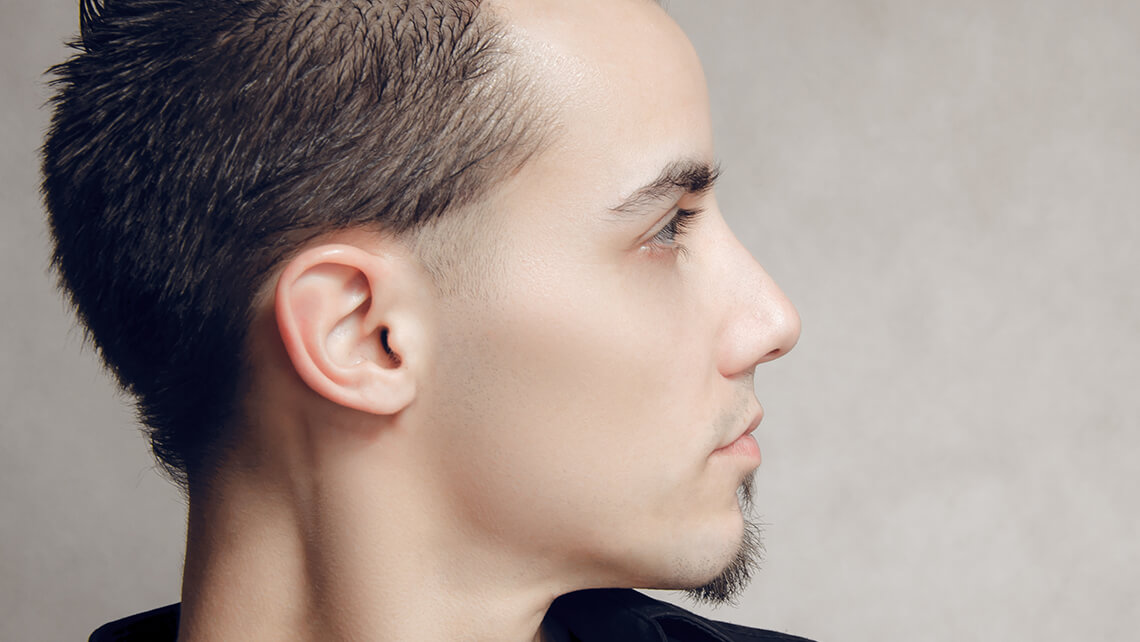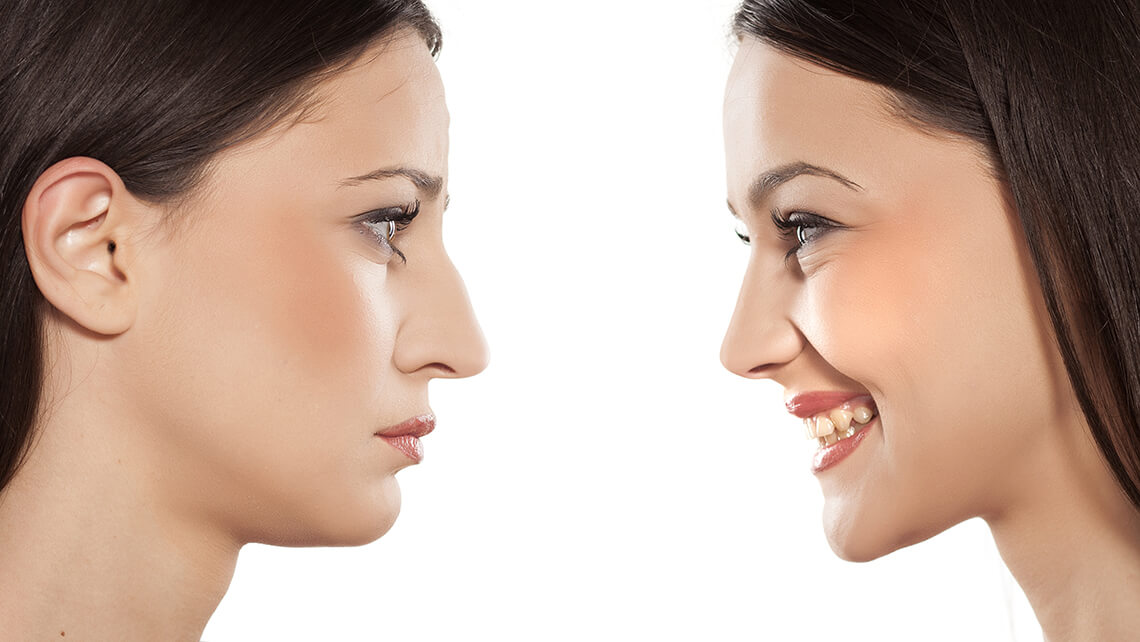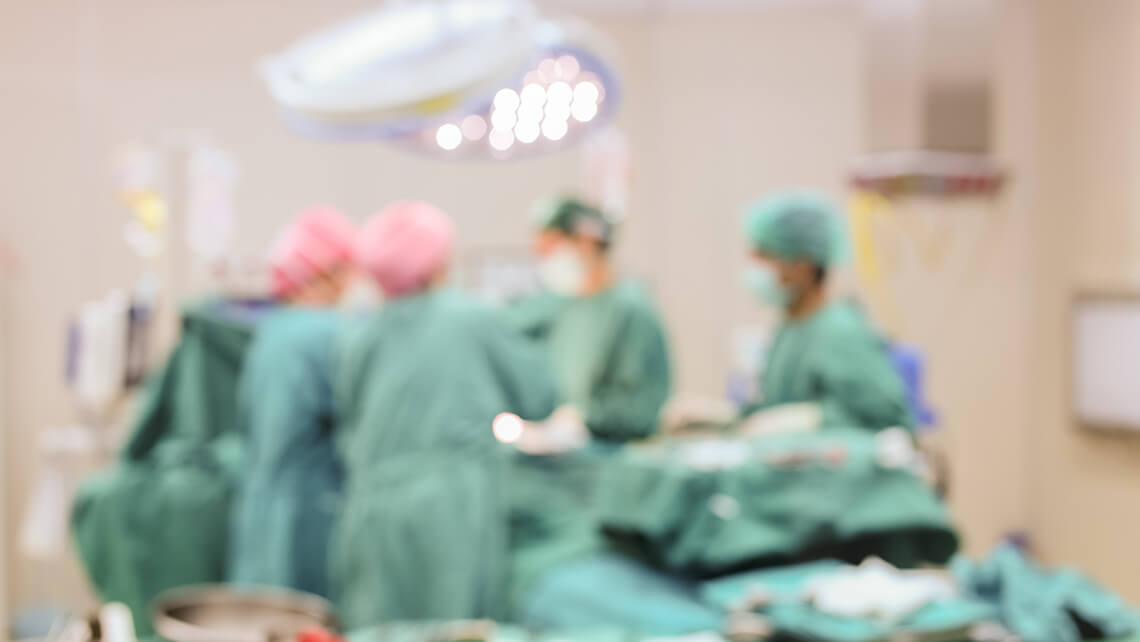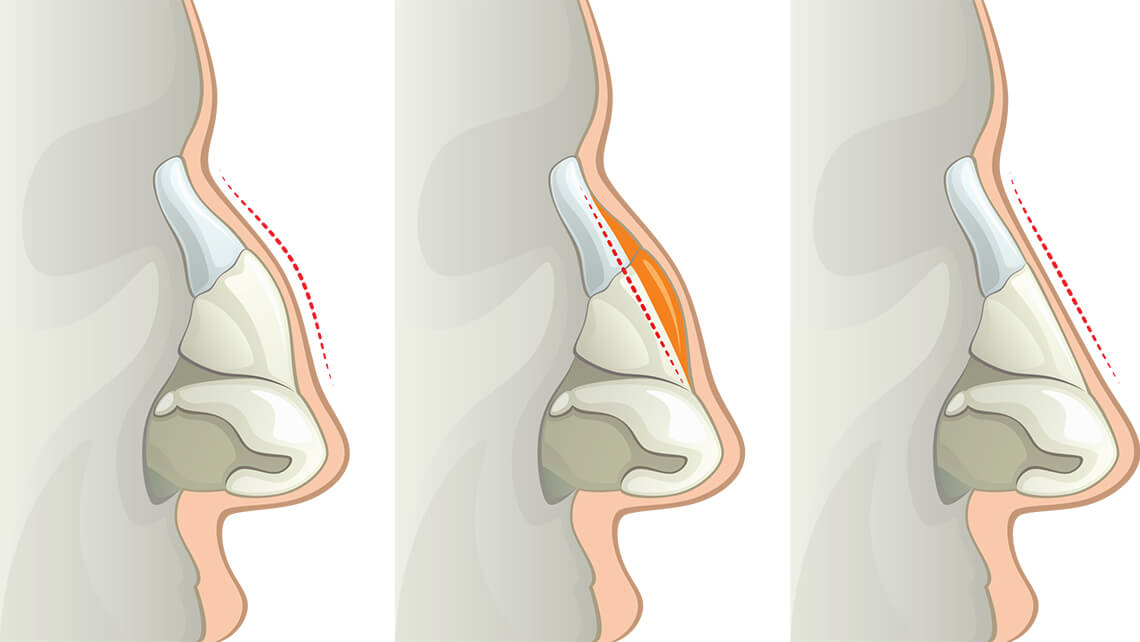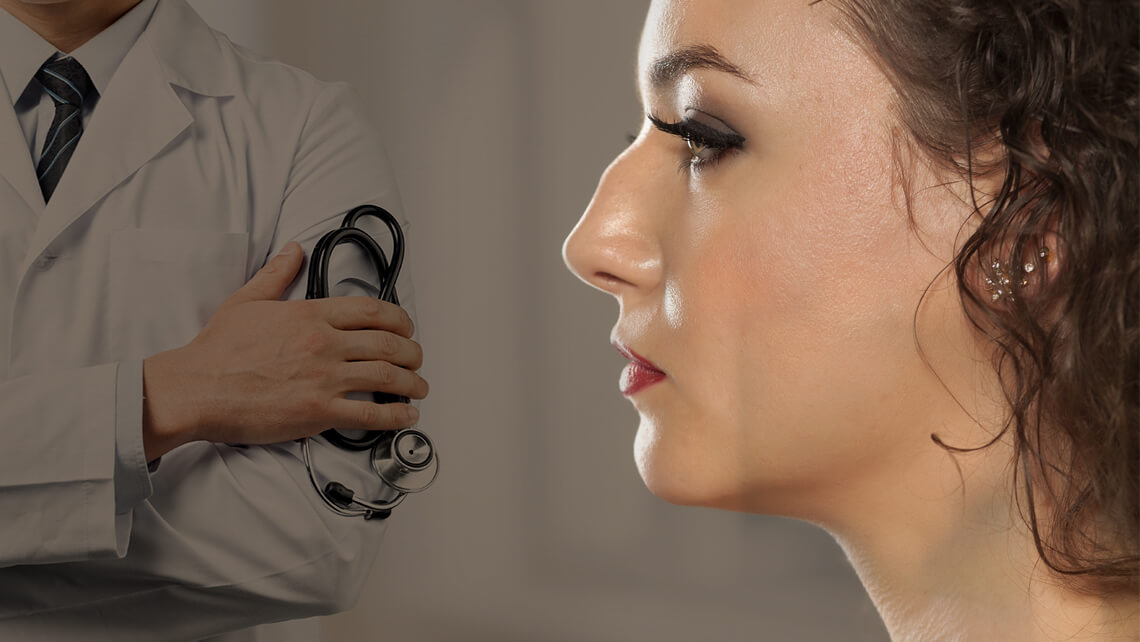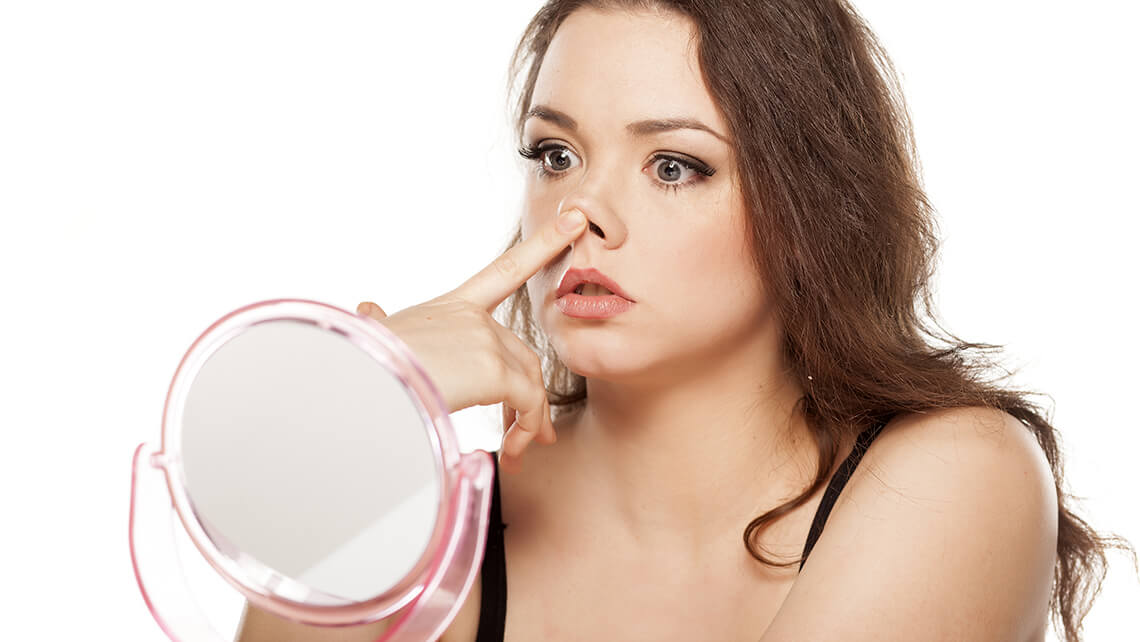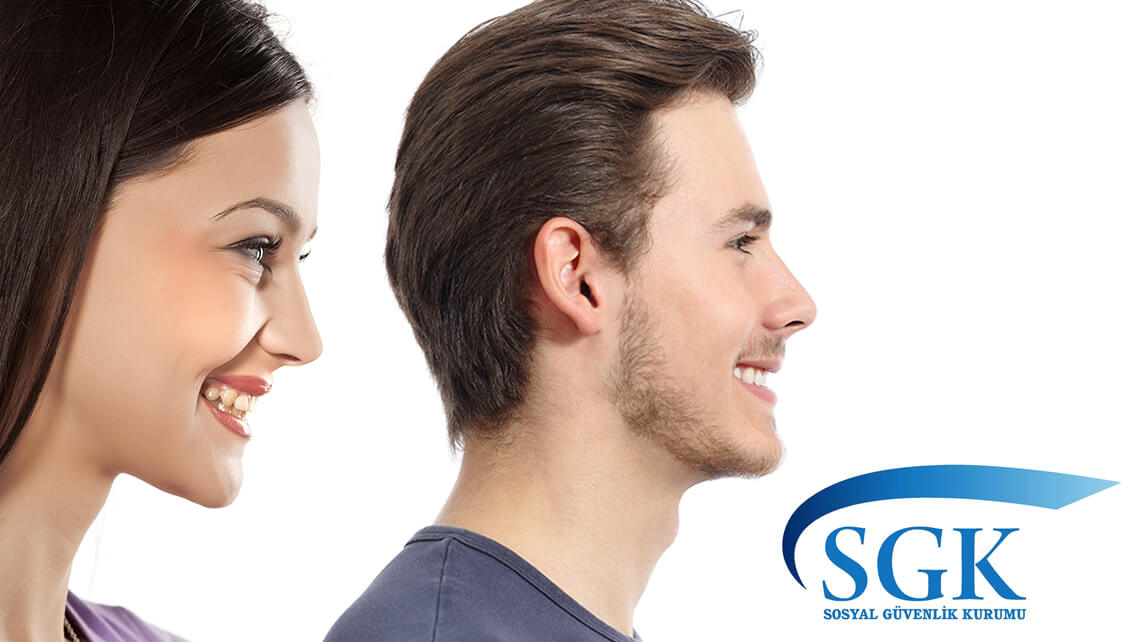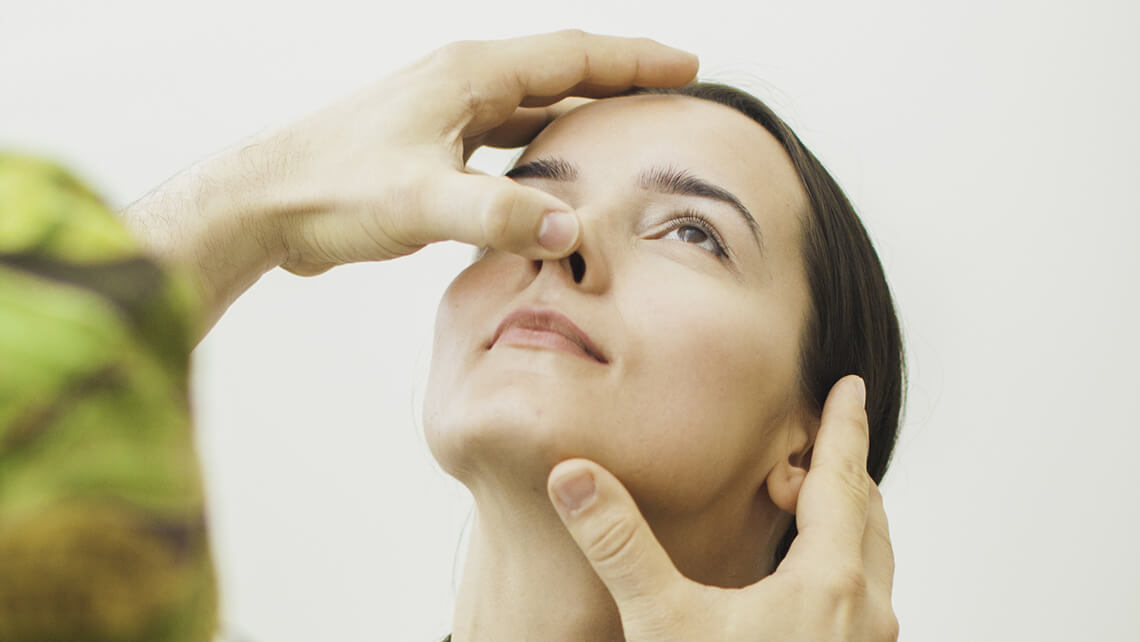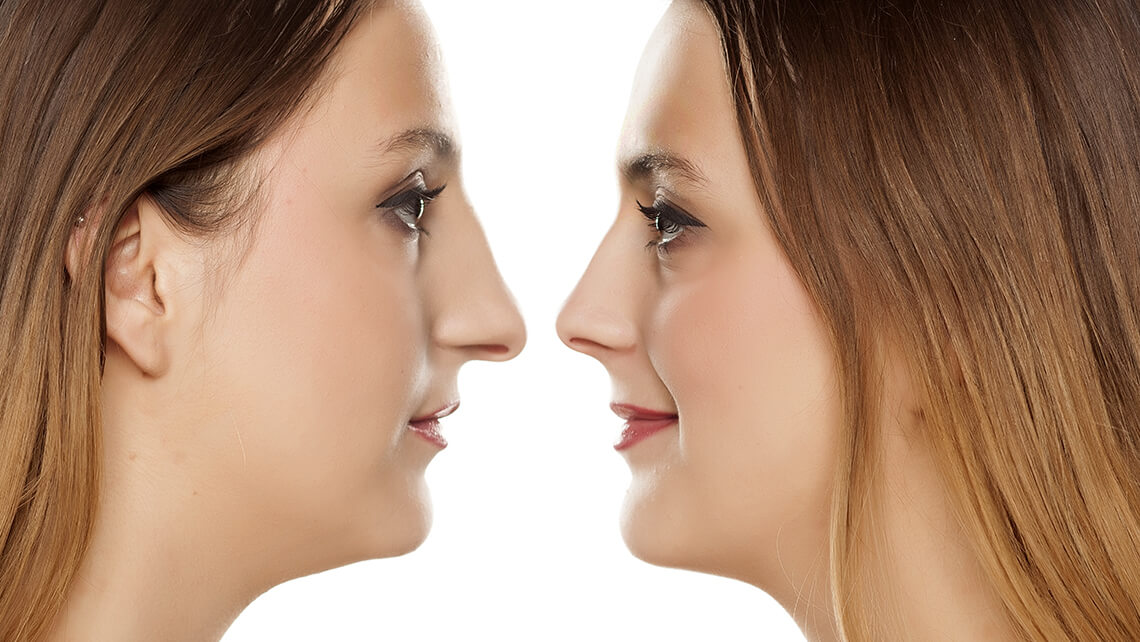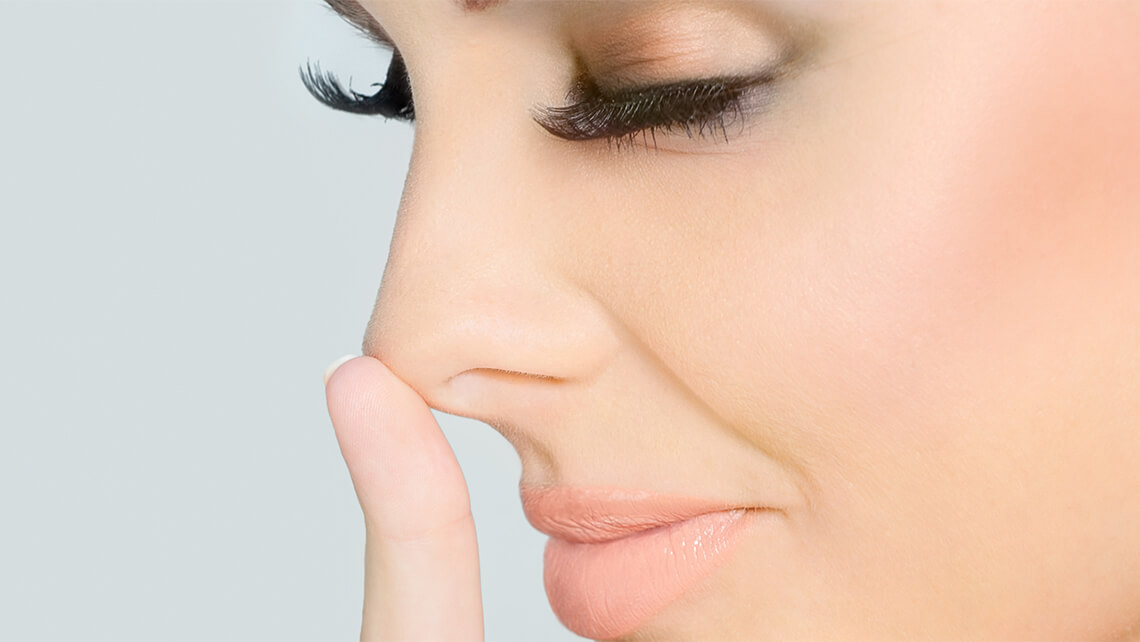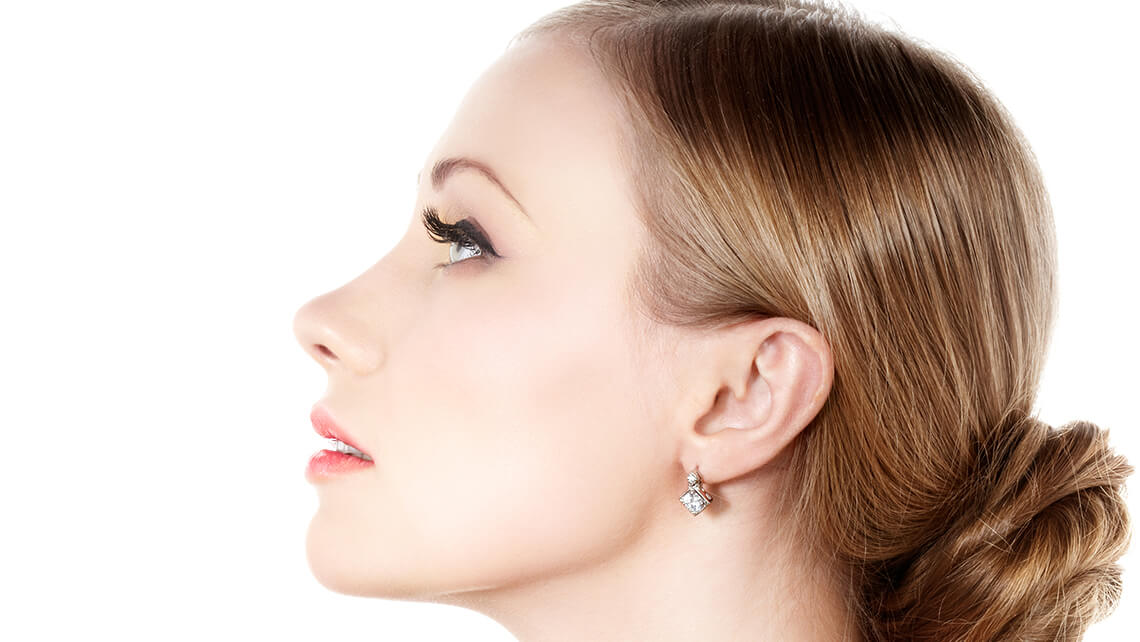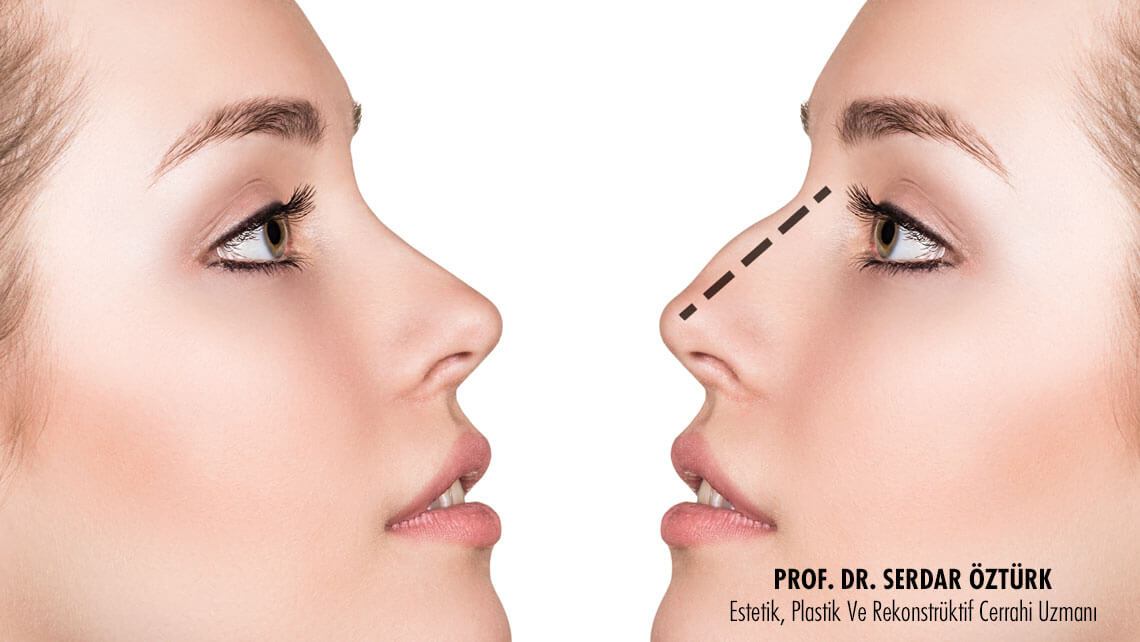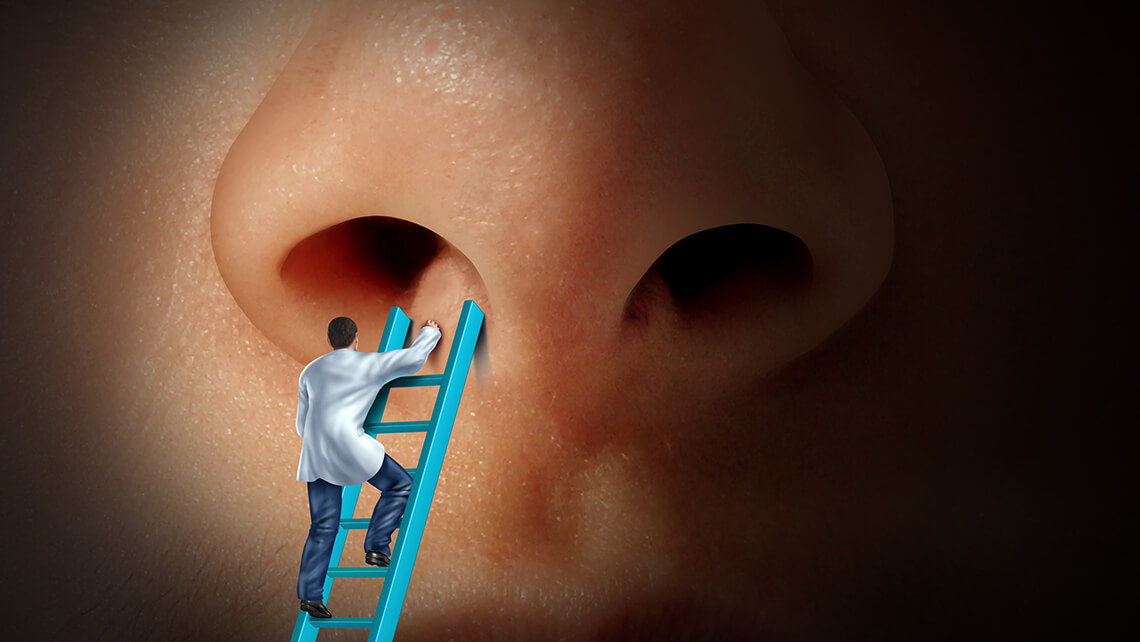1. The preservation of the masculine appearance is the most important thing to consider in the aesthetic appearance of the male patient. The way of doing this differs depending on the face type and facial harmony of the patient. As a general rule, the nasal tip is not lifted or thinned too much (it is rarely done even in women, as it disrupts the naturalness). While the nasolabial angle is 105 degrees in women, it is kept around 90 degrees in men.
If it is aimed at providing a straight and slightly lifted nose, a more prominent eye contour area, cheekbones and jawline creates a balance that prevents the patient from facial feminization. An imperceptible chin and cheekbones can also cause the nose to look larger. In order to provide balance, the patient may be advised to have surgical interventions in also these areas.
In general, not reducing the nose too much, always keeping its height at an adequate level, and giving importance to projection lead to a more natural and satisfying result.
2. The demands of male patients do not contain as homogeneous integrity as the demands of female patients. In other words, male patients sometimes apply to clinics just because they complain of their nasal bridge, nasal tip ptosis or the wide nasal tip. It may be adequate for them to have only the problematic part corrected. In fact, there is no standard aesthetic form accepted for the male nose. When it comes to a woman’s nose, there is a desired typical aesthetic shape that can be defined by golden ratios. With intent to achieve that shape, all the parts of the nose are intervened when required.
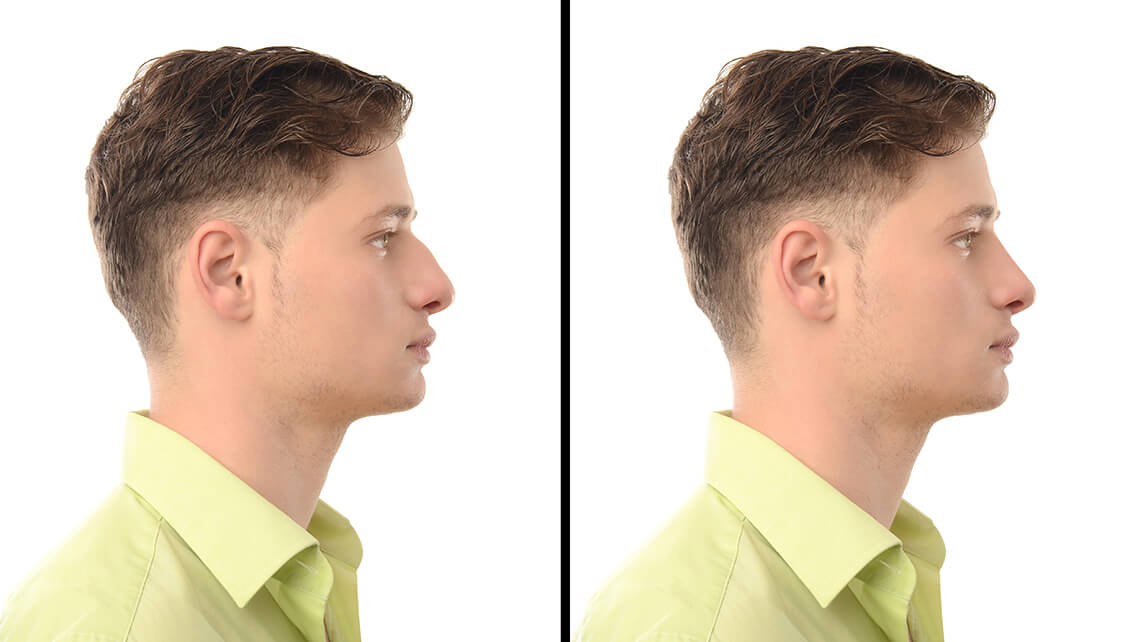
3. In some male patients, the primary source of motivation for rhinoplasty is the desire to breathe better, while the demands regarding the appearance result from secondary changes resulted from the trauma that caused the breathing problem.
4. In middle-aged and older men, body image is usually identified with the person, and therefore, noticeable changes can make the patient unhappy. On the other hand, making significant changes with a conservative approach might be a better option in a patient who is in adolescence and is not comfortable with the nose shape, which is genetically inherited.
5. In male patients, the expected image that may appear after surgery should be discussed on a draft prepared using digital image techniques. The extent of the change that the patient wants should be well understood.
6. Despite being more cautious, the rates of revision surgery in male patients are slightly higher than in female patients.
7. Thicker and oilier skin in male patients causes postoperative swelling to last longer. Applying fractional carbon dioxide laser to the area before or after rhinoplasty, with intent to improve the skin and tighten the pores, increases the quality of the skin. Middle-aged and older male patients are likely to develop acne rosacea and its advanced version, rhinophyma. Since the structure that gives width to the nasal tip in such patients is the excessively thick skin rather than the nasal tip cartilages, the surgical procedure should be planned accordingly.
8. Since men have thicker bone and cartilage structures, there may have more postoperative bruising and swelling on their face, especially in surgeries that require breaking the bones.
9. Compared to women, male patients have more history of nasal injury due to the sports they do and the traumas they experience. Septum deviation is more common or more prominent in male patients. This problem should definitely be solved during the rhinoplasty operation.
10. Compared to women’s noses, men’s noses are more pronounced with their ethnic features. The common ethnic nose types in our country can be classified as 'Black Sea Nose' and 'Arabian Nose'.
a. Black Sea Nose: They are relatively not too wide noses, which have thin skin, highly prominent nasal bridge, and a nasal tip protruding downwards.
b. Arabian Nose: It is a long-type nose expanding downwards, which has thick skin at its nasal tip. The nasal tip is droopy (nasal tip ptosis) due to poor cartilage support.

